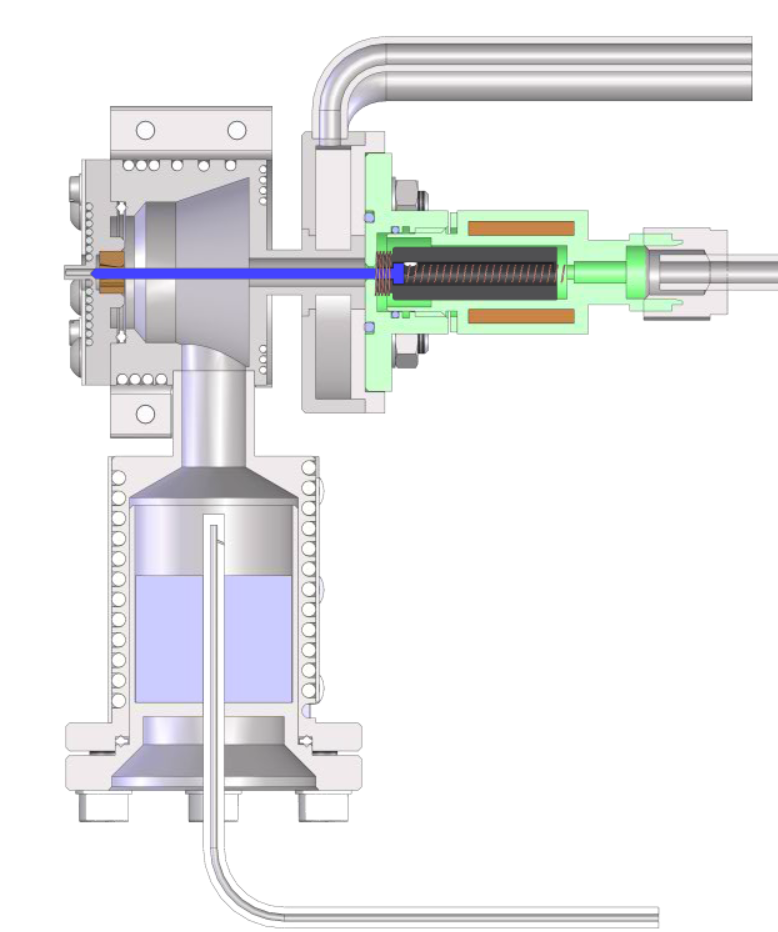Molecular spectroscopy
Spectroscopy of molecules and quantum information

Laser spectroscopy of van der Waals molecules in a supersonic beam provides information about electronic potentials of excited and ground states. The aim of our research is to fully characterize MeRG and Me2 diatomic molecules, where Me and RG are an atom of the 12th group of the periodic table (Zn, Cd, Hg) and a noble gas atom, respectively. As a result of our research, ground states and a number of low-lying excited states, and Rydberg states were characterized. The characterization was performed for a wide range of inter-nuclear distances R. Analytical functions (Mors, Lennard-Jones, Born-Mayer, van der Waals, Buckingham and hybrid) in three regions of internuclear distances were proposed to represent the studied potential energy curves in the short range, near equilibrium distance Re and in the long range.

Some previous controversial and questionable interpretations of the observed spectra of Me2 and MeRG molecules have been clarified. For the low-lying Cd2 excited states, the „inverse perturbation approach” (IPA) was used.
The research work is carried out in the Institute of Physics of the Jagiellonian University, where a dedicated experimental setup has been built. It allows the study of excitation spectra and fluorescence spectra of Me2 and MeRG molecules by means of precision laser spectroscopy. Measurements of rotational structures in the Hg2 molecule are performed in collaboration with E. Fry’s group from the Texas A&M University in College Station. Calculations of molecular potentials are made in cooperation with M. Krośnicki from the University of Gdańsk and C. Western from the University of Bristol. Collaboration with the University of Windsor group continues to bring new results on the extremely weakly bound vdW complexes (eg CdHe).

